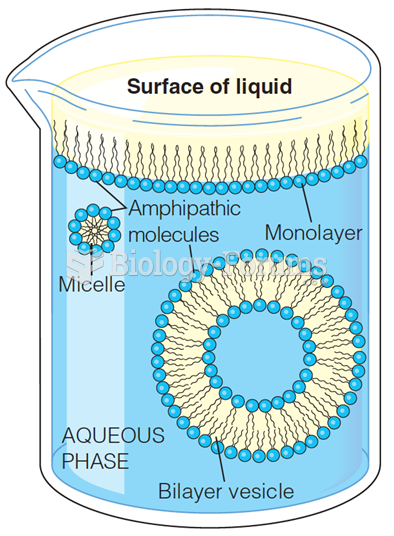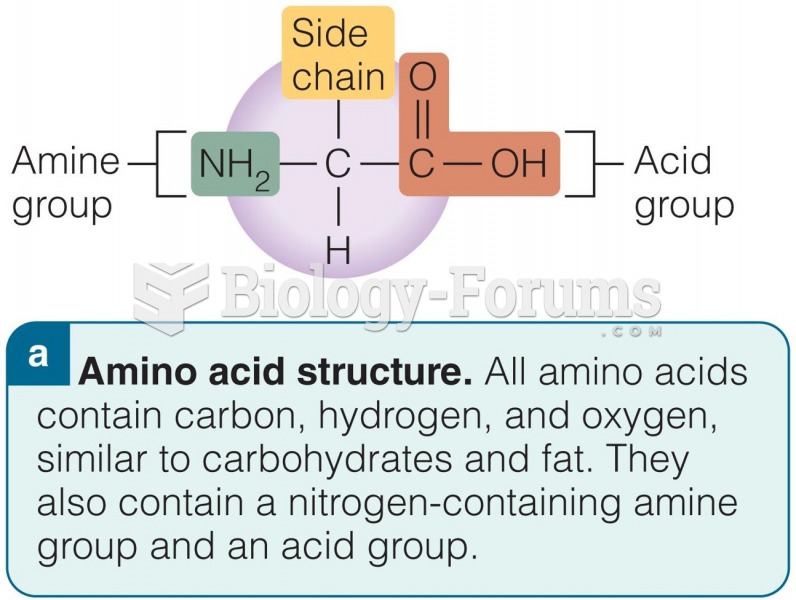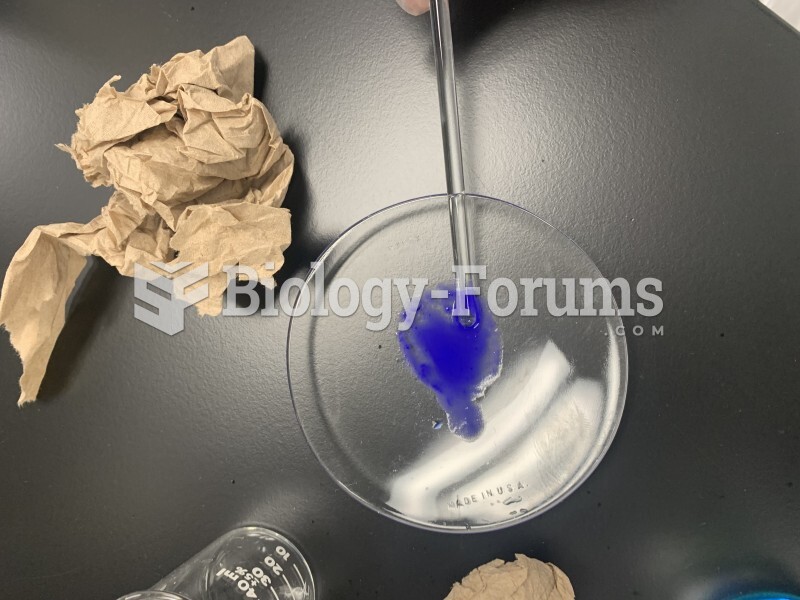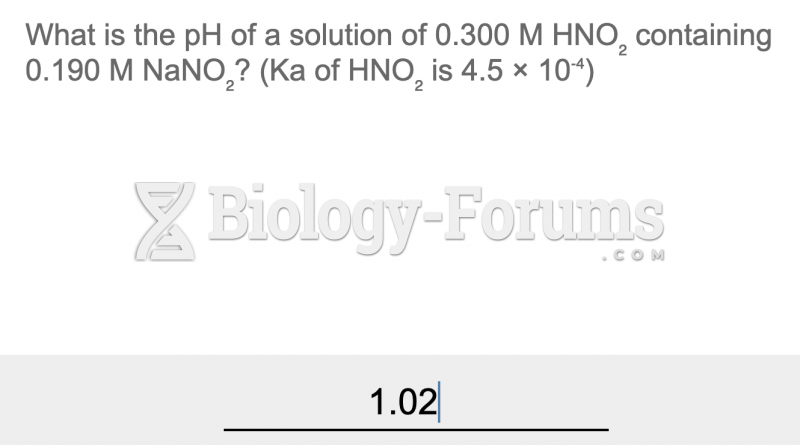|
|
|
Did you know?
Street names for barbiturates include reds, red devils, yellow jackets, blue heavens, Christmas trees, and rainbows. They are commonly referred to as downers.
Did you know?
Cyanide works by making the human body unable to use oxygen.
Did you know?
The human body produces and destroys 15 million blood cells every second.
Did you know?
More than 4.4billion prescriptions were dispensed within the United States in 2016.
Did you know?
Despite claims by manufacturers, the supplement known as Ginkgo biloba was shown in a study of more than 3,000 participants to be ineffective in reducing development of dementia and Alzheimer’s disease in older people.







